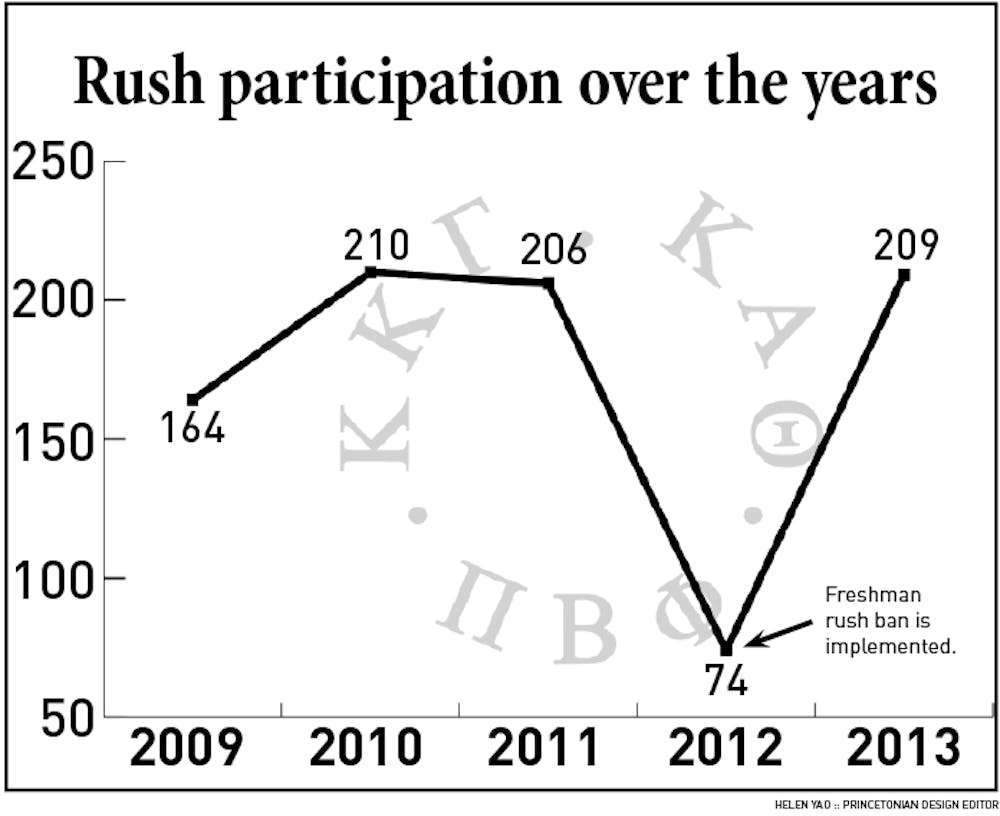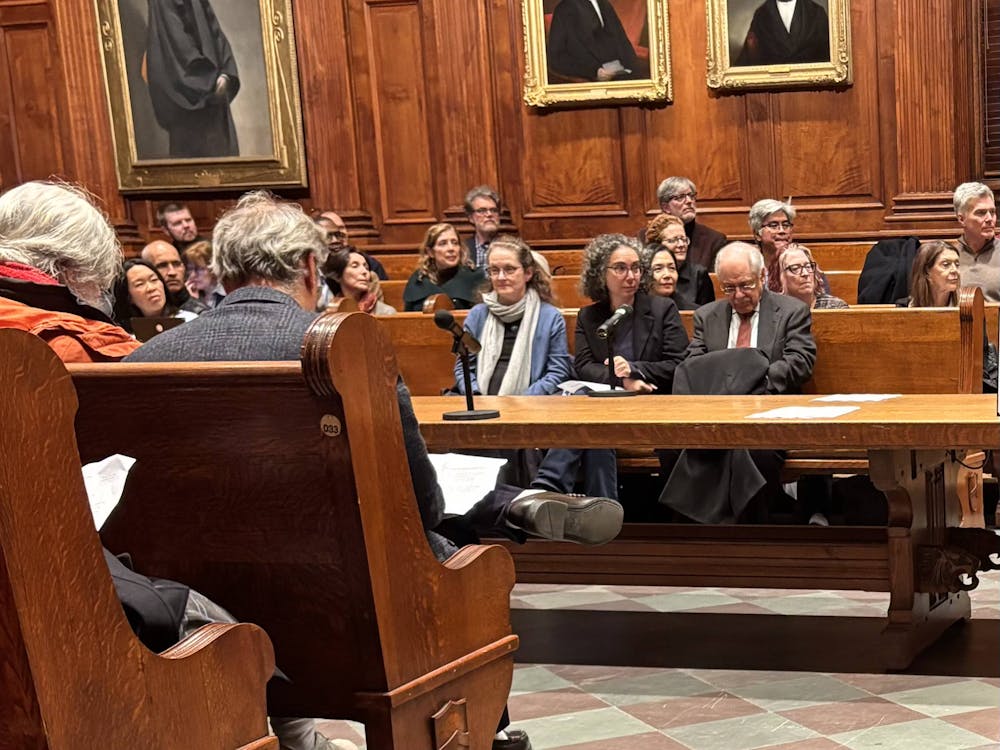In spite of the University’s freshman rush ban policy, a total of 209 students participated in sorority rush activities last week, a nearly identical number to pre-rush ban figures. Similarly, about 150 students accepted membership offers, the same number as in years past.
In 2011, the last year freshmen were allowed to rush, 206 female students participated in recruitment. In 2010, 210 students rushed sororities.
Last year, the total number of students dropped to 74. During that year, freshmen were not allowed to rush, and sophomores had already had the opportunity to rush during their freshman year.
This was thus the first year since the rush ban was announced that current sophomores did not have the opportunity to rush their freshman year.
While, historically,only about 30 sophomores have participated in rush and freshmen have comprised the majority of the rush class, this year’s rush classes are comprised solely of sophomores, juniors and seniors.
In the weeks leading up to this year’s rush, some fraternity presidents reported increased interest in Greekorganizations among the sophomore class, along with a more “rush-savvy” group of participants.
Unlike fraternity recruitment, which differs among organizations and takes place throughout the fall semester, sorority recruitment is unified under the Princeton Panhellenic Council. While female students register for recruitment through the Princeton Panhellenic Council and rush all three sororities, male students rush only one fraternity.
This year, 213 students registered for sorority rush through an online system, 209 of which appeared on Monday for the initial recruitment events, according to sources with direct knowledge of the rush process who were granted anonymity to freely discuss the events.
Sororities generally prohibit their members from discussing issues related to their membership.
Panhellenic President Allie Rogers ’14 declined to disclose this year’s rush numbers. The presidents of Pi Beta Phi, Kappa Alpha Theta and Kappa Kappa Gamma either declined to disclose the numbers or did not respond to repeated requests for comment.
This year’s numbers all hover around the 50 mark, which is consistent with figures predating the freshman rush ban policy, when each sorority drew pledge classes of around 50 members.
Forty-nine students pledged membership to Kappa Kappa Gamma, 50 to Kappa Alpha Theta and 51 to Pi Beta Phi this year. About 50 of the initial participants did not join any of the three Panhellenic societies.

The freshman rush ban policy took effect in September 2012, following the recommendation of a committee of students, staff and faculty appointed by former University President Shirley Tilghman. The policy prohibits the participation of freshmen in any Greek organization or affiliated events, in addition to the solicitation of fraternities and sororities to members of the freshman class. Despite the rush ban, the University has maintained a policy of non-recognition toward fraternities and sororities.
Fall recruitment for the three sororities on campus this year formally began on Sept. 30 with open houses. After attending events at all three sororities, participants rank their top choices, after which the students may be invited back to a sorority for a final event on Thursday. Afterward, rush participants re-rank their options and may receive a bid from one of the three Panhellenic organizations.








